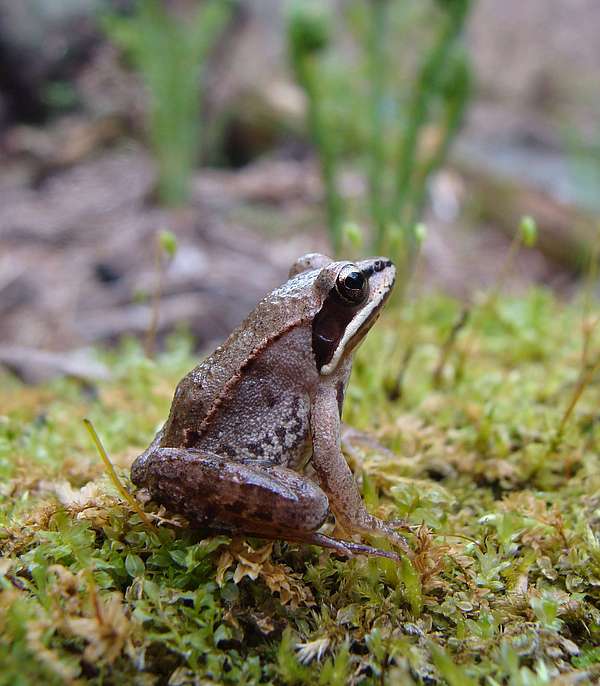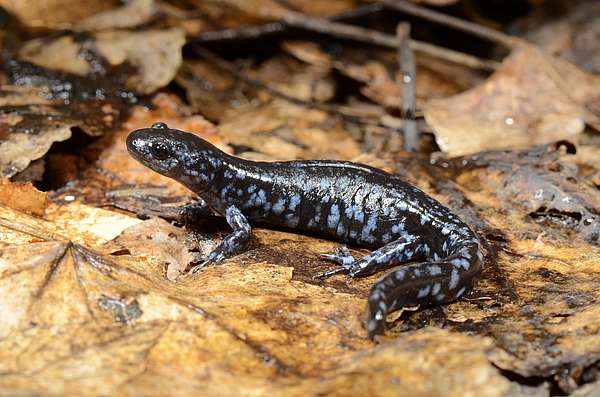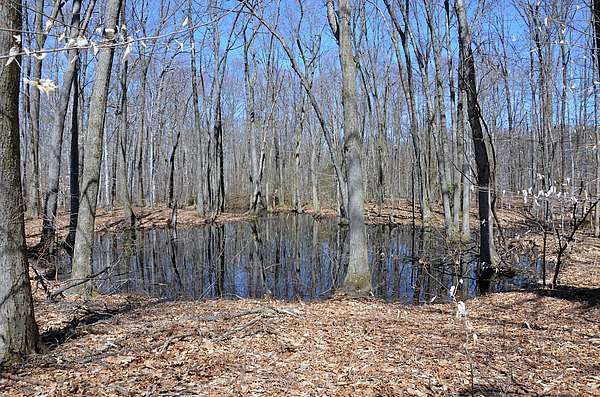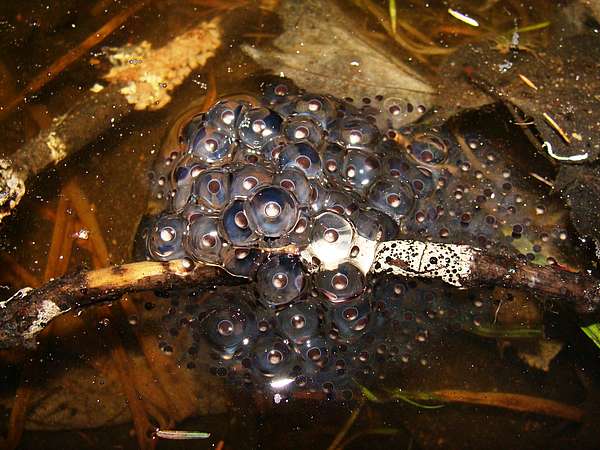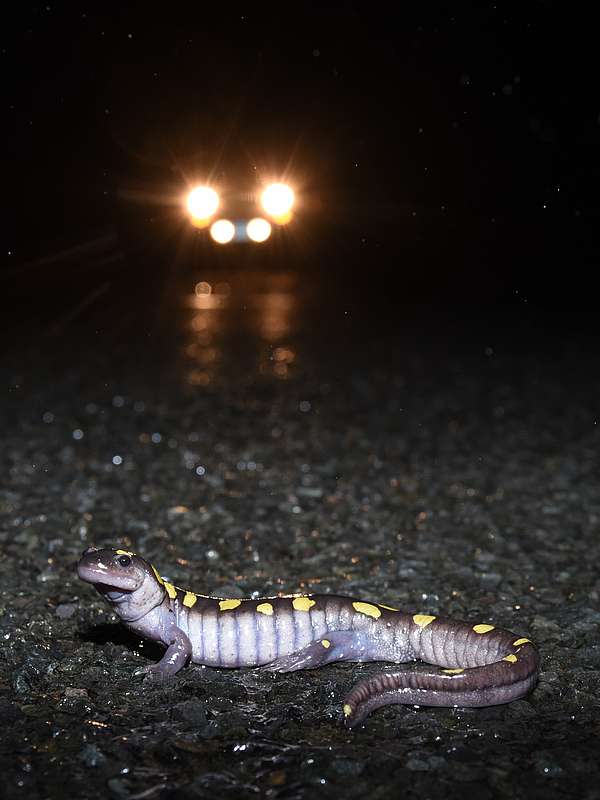by Nicole, AmeriCorps Lands & Trails Steward
Growing up, I used to love jumping into puddles in the spring. It turns out I am not the only one.
After months of taking shelter under logs and leaves from the winter elements, amphibians are beginning to emerge to complete a critical phase of their life cycle.
Wood frogs thaw from their frozen state, and salamanders emerge during warm, rainy spring nights to begin their journey to their breeding grounds. In early spring, the forest will erupt in a “quacking” chorus of male wood frogs hoping to attract a mate.
Most of these species are questing for vernal pools. Vernal pools are temporary wetlands created by fall rain and spring snowmelt, most often drying up during the summer. In Vermont, vernal pools are primarily found in forests and are characterized by the absence of fish, lacking a permanent inlet or outlet, and their relatively small size (between the size of a kiddie pool to almost as big as an Olympic sized swimming pool on occasion). These modest-looking habitats play a crucial role in the life cycle of Vermont’s amphibious species, including the wood frog (Lithobates sylaticus), spotted salamander (Ambystoma maculatum), blue-spotted salamander (Ambystoma laterale), and Jefferson’s salamander (Ambystoma jeffersonianum).
After a costly journey, these spring pools provide a haven for amphibian reproduction. Vernal pools host many stages of amphibian life: mating frenzies, jellies of developing egg masses, wood frog tadpoles, and swimming salamander larvae with distinctive outer gills. Although temporary, these pools and the surrounding forest are hotspots of life and biodiversity. Supported by vernal pools, the biomass of all salamanders in a forest can outweigh the biomass of all birds in that same forest! Frogs and salamanders are predators of insects and prey of many, playing a key role in ecosystem energy flow and keeping bugs at bay.
If we know where vernal pools are, it can be easier to protect them. You can learn more about vernal pool indicator species or view this recent webinar hosted by Vermont Land Trust. Do you think you have spotted an active vernal pool? You can “field-verify” suspected vernal pools on the Vermont Vernal Pool Atlas or submit an observation for a new pool site.
In their thousands of years of evolutionary history, today’s amphibians must now overcome the new obstacle of crossing roadways. Road crossing mortality as low as 1 in 10 individuals can lead to the local extinction of that population. The Amphibian Road Crossing Program needs your assistance to decrease amphibian mortality at road crossings, inform Vermont transportation planning, and provide state biodiversity data for conservation research. (Fun fact: Amphibians breathe through their skin as well as their lungs in their land-based life stage, so washing your hands or wearing gloves if helping move them across roads is important.)
Today, I am just as eager to jump into puddles in the woods–this time with waders on–to get an in-person look at this impressive springtime feat.
